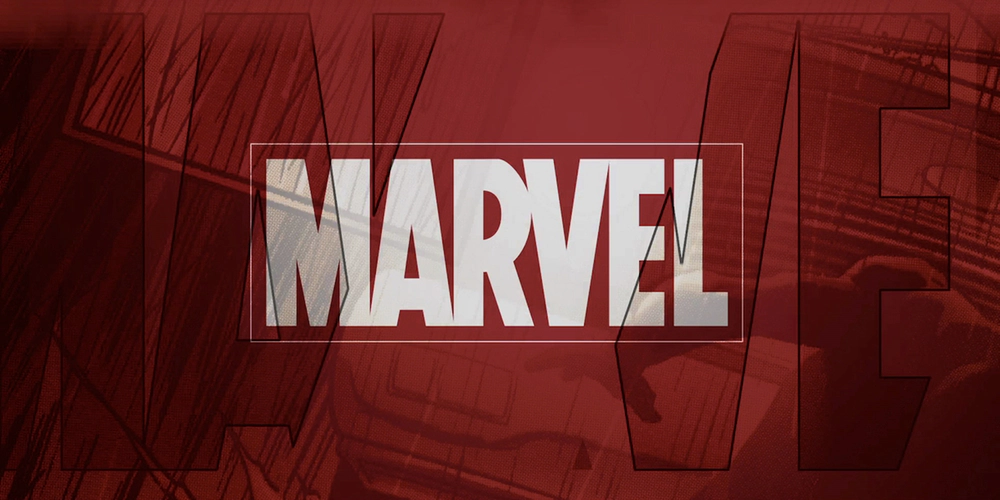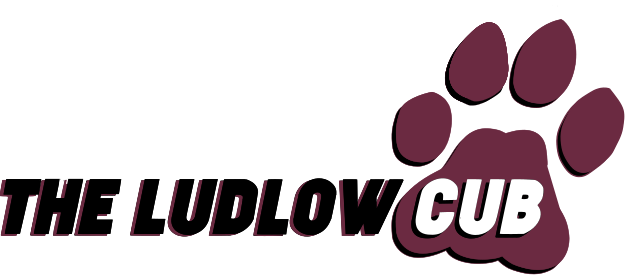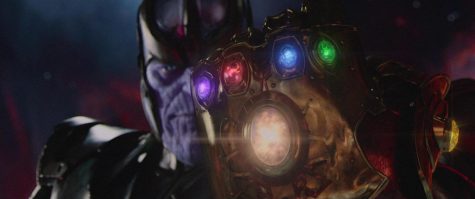The State of the Marvel Cinematic Universe

June 12, 2017
Already producing fifteen movies, five television shows, all of which are fine-tuned blockbusters, the Marvel Cinematic Universe (MCU) is a well-oiled machine that keeps on chugging along. Clocking in at about 50 hours worth of content since 2008, the underlying story of the MCU is deep, lacing all of these properties and characters into one, interconnected cinematic universe.
It all started with a little film called Iron Man back in 2008, at the time Marvel was on the brink of bankruptcy and was just recently acquired by Disney with a contract stating that movies based on the comics be created and a dream of a movie universe if it were to succeed. The movie itself was self-contained, with a clear beginning and ending in case the movie failed and making it look like the MCU never started.
It was the origin story, one that forged the unprecedented character of Tony Stark while also kick-starting phase one. The movie was able to create a deep, multi-dimensional character that surpassed his comic counterpart. To top such incredible character development is the world building. It was done after the movie finished by using end-credit scenes. When a movie finished along with the final credits, the additional scenes served no purpose to the plot but were used for either a last joke or a bit of character development. They were the in-between for an actual scene in the final film and a deleted scene. Iron Man reintroduced the end credit scene. Before, end credit scenes were for gags like in Ferris Bueller’s Day Off, but it was now done to set up movies to come, particularly The Avengers.
Less known is The Incredible Hulk, and for good reason, it wasn’t good. Even though it toted a large cast, the movie itself was lackluster and played little to no role in the big picture except for it’s end credit scene that sees General Thunderbolt Ross meeting with Tony Stark. The same can be said for Iron Man 2 that was a low point for the MCU as it was a bit of a rushed product that collapsed on itself, even though they introduced War Machine and Black Widow while teasing Thor.
With the release of Thor, the universe was expanding outward, attempting to set the stage that would guide the overall plot of the MCU, all of which was done in one scene that included the infinity gauntlet (see below). Captain America: The First Avenger served as a another origin movie, it was the calm before the storm known as The Avengers.
Seeing this movie in theaters alone was an experience, this movie will be known in film history as the film that cemented the superhero genre making it comparable to the western’s of the twentieth century. Where the rest of phase one was dedicated to origins, the Avengers was the culmination of their work. To bring together such a dynamic cast together allowed the film to lay the foundation for future phases to follow. In terms of story the film ends with the purple guy sitting in the floating chair, he’s Thanos, one of the most powerful beings in the universe. He’s preparing to encounter the Avengers after their victory in New York.
For phase two the mission was simple, introduce the infinity stones that make up the infinity gauntlet while also growing the Avengers roster with characters such as Falcon, the Winter Soldier, Scarlett Witch, and Ant-Man. While also flushing out the cast, interactions between the different heroes grew, leading to conflict such as the fall of S.H.I.E.L.D. in Captain America: The Winter Soldier (that’s a story for another day). Yet as the heroes of Earth where discovering the stones, there was a small rag-tag group of mercenaries out in space called the Guardians of the Galaxy who also found themselves in the hands of an infinity stone.
Once again the Avengers converged to face their next foe, but it was one of their own creation. Ultron was the brain-child of Tony Stark and a failed experiment of controlling one of the six stones, this one being called the mind stone. Though the stone birthed evil, it in turn birthed good as it helped create the hero Vision. With the victory over Ultron, the Avengers parted ways and wanted to get away from the stresses of their lifestyle, particularly after finding peace at Hawkeye’s ranch. Even in their downtime, conflict was bubbling between Tony and Steve Rogers (Captain America).
With that scene being a fuse, gradually igniting, Captain America: Civil War was the explosion. A movie based on the concept of vigilantism, a word that summarizes the Avengers, and asks whether they should operate independently or should they answer to the world’s governments. Rather than focus on the joyride that ends with fighting Thanos, the movie focuses on the state of the Avengers, as for the past ten movies they have caused massive destruction throughout the world and even worse civilian casualties. Yes, they were saving the planet, but at what cost? It’s this question that divides the Avengers and destroys all that they have built. What’s great about this divide is the tension created as their confrontation with Thanos is quickly approaching.
It needs to be said that this reflection on such a large franchise only scratches the surface on the story within. While there may be the one major plot line that ends in 2018 with Avengers Infinity War as the team faces their greatest threat, it’s the smaller branches of that story and people in them that make the MCU the success that it is. It’s Marvel’s commitment to fully flushed out characters that make it superior to their competitors: I’m talking about you DC.



Joseph • Dec 15, 2017 at 8:05 am
Don’t worry Dead Pool has this under control- Wait… Now that I think about it, Dead Pool does mess up a lot. Well at less we know that the Marvel universe is all going to die in style because of Dead Pool.